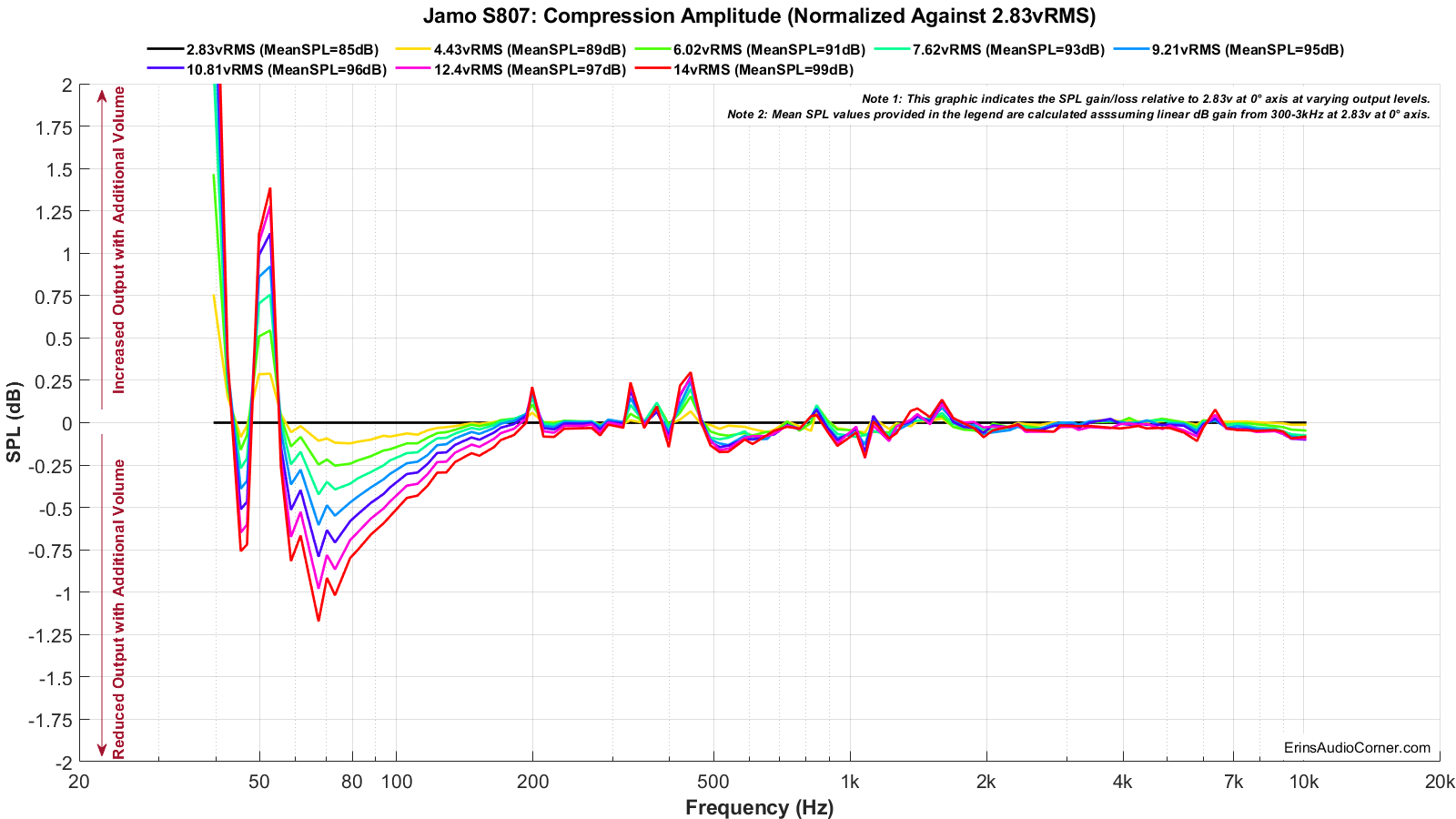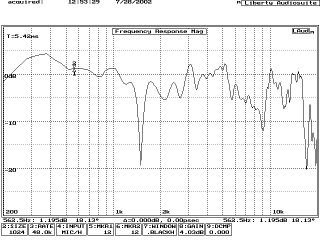Don’t sweat it, this is just the misshapen brother of the magnificent specimen that is the KEF R3.
Getting coaxials right seems to be really hard. I’m kind of curious how the Gradient speakers with the SEAS coaxial would measure.
SEAS coaxials drivers measure better than Tannoy and worse than KEF, Technics and Genelec. About the same level as TAD based on directivity and top-octave roughness. However, KEF has some pretty bad voicing choices that detract from the potential of their drivers, so a good SEAS implementation with smoother directivity and FR below the high treble can be pretty compelling too. The LS50 passive is the worst offender, but the R and Reference stuff are definitely the best short of Genelec.
The Gradient Revolution had
flawless polars <10kHz even by today's standards over 20 years ago (old Stereophile off-axis). Since then, Gradient's latest revision uses a custom SEAS coax that pushes any
anomalies to 16kHz (basic in-room measurement of the current passive Revolution by a Polish mag, the active Revolution might be an even further improvement). The smaller Gradient 1.4 uses an even newer SEAS coax than the current Revolution (which hasn't seen a further revision yet), and that has
completely eliminated any nulls, entering the very top-tier of direct-radiating coaxs. Either way, I have not seen a Gradient speaker with anything less than exemplary polar measurements overall (see also Helsinki 1.5).
Cheaper SEAS coax active monitors exist too, using their off-the-shelf/entry-level OEM drivers with more anomalies, which are nonetheless subtle should FR and directivity below the top-octave be well-managed. The Emes Black has
flawless directivity matching at crossover, but the 10kHz anomalies from the entry-level SEAS coaxial (still much better than Tannoy). KS Digital C5-Reference has a bass bump deliberately by choice, but they have a DSP crossover and EQ that pushes the cheap SEAS coax to it's limit: +/-1.5dB throughout much of the audioband.


